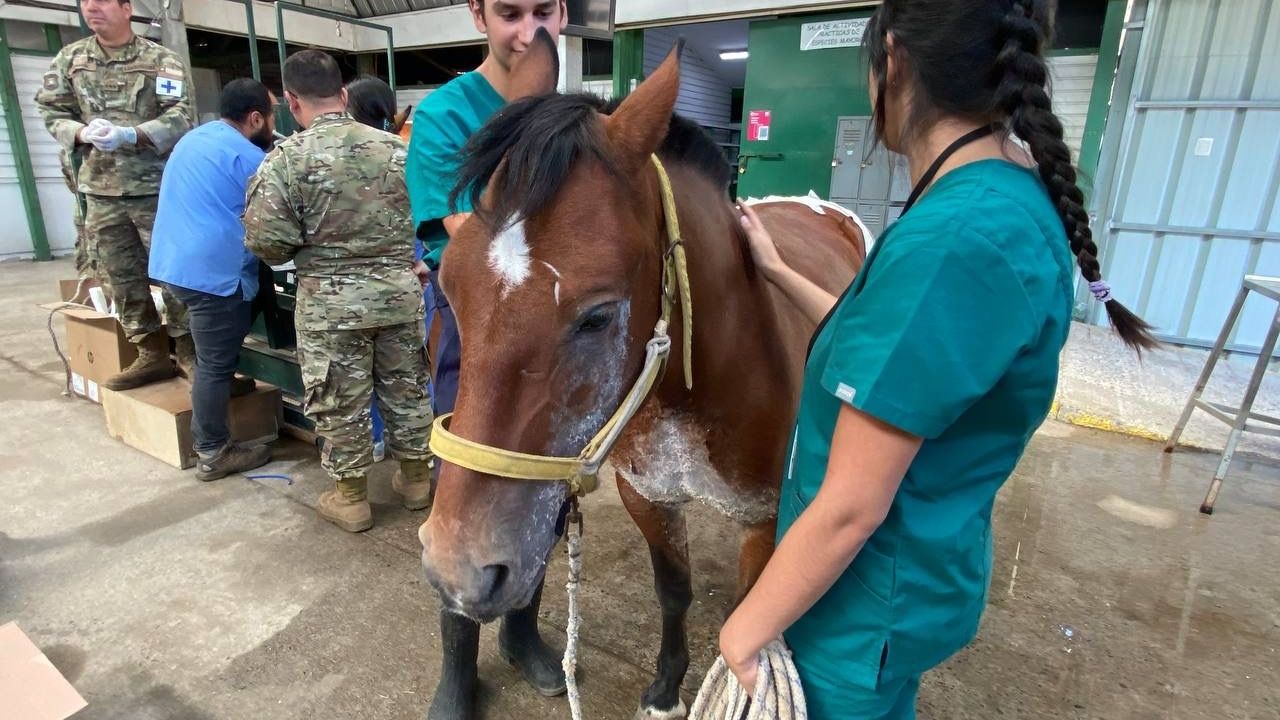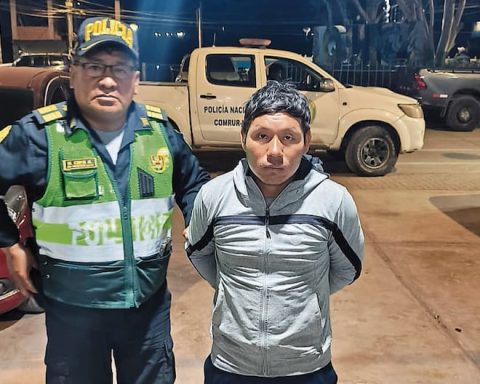According to the forestry and agricultural situation report of the Department of agricultureTo date, more than 16,000 animals have died as a result of the fire from the regions of Maule to The riversincluding birds, cattle, goats, sheep, pigs and horses. In addition, almost 36,000 hives were destroyed and around 44,000 animals today require food.
As part of his tour of the Ñuble region, the Undersecretary of Agriculture, José Guajardo Reyes – appointed as presidential liaison to continue the work of fighting fires and rebuilding in affected areas – came to the premises of the Veterinary Hospital of the University de Concepción, Chillán headquarters, where a group of veterinarians, in coordination with the Agricultural and Livestock Service (SAG), the Institute for Agricultural Development (INDAP), the Veterinary Medical College and the Chilean Army, provide care to animals that survived accidents and who today are recovering from severe burns.
“Fulfilling the mandate of President Gabriel Boric, we have reached the Ñuble region, to continue with the work that has been unfolding. On the one hand, we coordinate in the work of fighting the fires in two communes of this region, executing a planning work in parallel to attend to the reconstruction process that this area of the country requires”said the Undersecretary of Agriculture, José Guajardo Reyes.
“As a ministry, in addition, we continue to support our farmers with food for their animals and delivering medical aid to those who were injured, such as Spirit, Luna, and Inquieta, horses and mares that are recovering in this campus of the University of Concepción ”he added.
This work, which is part of the actions carried out by the Animal Dimension Disaster Management Board, led by the SAG and the National Service for Disaster Prevention, Mitigation and Attention (SENAPRED), has made it possible to provide medical attention to a total of 40 animals that were rescued from the flames. In turn, livestock operations are being carried out to assist animals that have been burned, but do not require hospitalization.
The director(s) of SAG in the Ñuble region, Gloria Cuevas, specified that “we have focused on horses, because they are the workforce and heritage of many families, but we have also developed mobile clinics to treat sheep , cattle, pigs and chickens, from the first week of February”.

The director of the Hospital for Older Animals of the Faculty of Veterinary Sciences of the University of Concepción, Ignacio Cabezas, meanwhile, valued the presence of the Undersecretary of Agriculture on the premises. “It is a pleasure that the undersecretary is here, who as a veterinarian has the experience and knowledge. We will try to participate as support to deliver our experience in order to generate future work criteria and we will be available to support the ministry in that ”, he stressed.
During the event, the hospital received a donation of veterinary supplies that will be used in the treatment of burn patients. During the next few days, they will also receive new kits thanks to the collaboration agreement that exists between the SAG and INDAP, which was signed last week in the Husares Regiment of the Chilean Army, in the Angol commune, La Araucanía region.


















